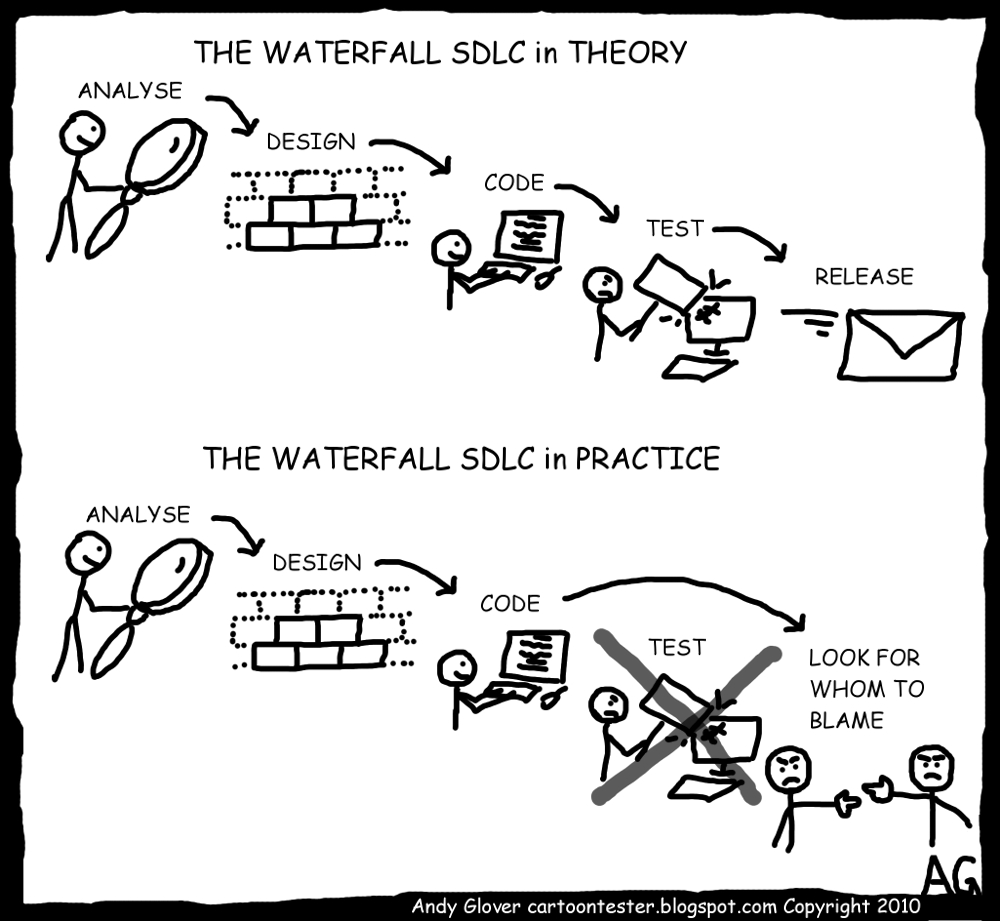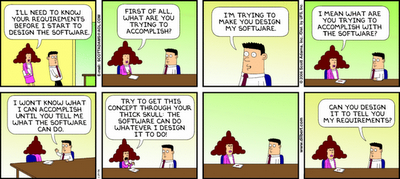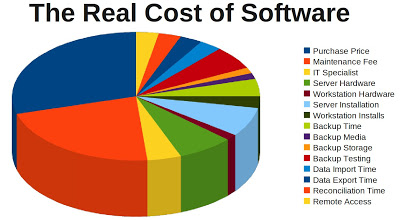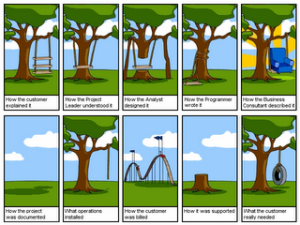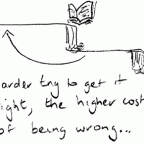Does the Famous SDLC Waterfall Model work?
Nevertheless waterfall makes Software Engineering more comprehensible to the non-IT people out there.
Or is it otherwise? Well, before you can commet, it is best to understand what is Waterfall model?
I am quoting my friend – Shah Newaz Alam’s excellent article on the pros and cons of the fall (waterfall):
- Being a linear model, it is very simple to implement.
- The amount of resources required to implement this model are minimal.
- Documentation is produced at every stage of the software’s development. This makes understanding the product designing procedure, simpler.
- After every major stage of software coding, testing is done to check the correct running of the code.
- The question that must be bothering you now is that with so many advantages at hand, what could be the possible disadvantages of the waterfall model? Here are a few:
- Ironically, the biggest disadvantage is one of its greatest advantages. You cannot go back a step; if the design phase has gone wrong, things can get very complicated in the implementation phase.
- Often, the client is not very clear of what he exactly wants from the software. Any changes that he mentions in between, may cause a lot of confusion.
- Small changes or errors that arise in the completed software may cause a lot of problems.
- Until the final stage of the development cycle is complete, a working model of the software does not lie in the hands of the client. Thus, he is hardly in a position to inform the developers, if what has been designed is exactly what he had asked for.
- So this, in short, was all about waterfall model advantages and disadvantages. In spite of the cons, the many pros of this model ensure that it remains one of the most popular models used in the field of software development.


